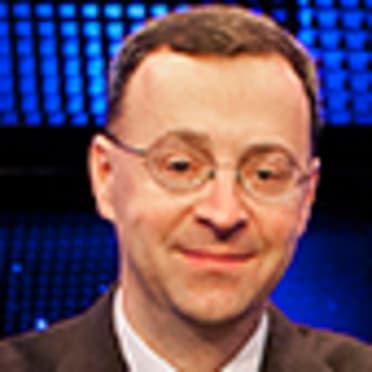On March 27, 2023, Cam Smith was a Florida State freshman batting .264 with 28 strikeouts through his first 21 college games. Exactly two years later, he will spend Opening Day as a member of the Astros.
Smith has just 32 games of pro experience, making his rise to an Opening Day roster the third-quickest among position players since the Draft era began in 1965. Only Pete Incaviglia of the 1986 Rangers (zero games) and John Olerud of the 1990 Blue Jays (six) did it quicker.
COMPLETE ASTROS PROSPECT COVERAGE
- Astros Top 30 prospects
- Prospect stats: Today | Last 10 | Last 30
- Draft pick stats
- Highlights
When they acquired Smith along with Isaac Paredes and Hayden Wesneski in the Kyle Tucker trade with the Cubs in December, the Astros figured he'd be their third baseman of the future but would need at least most of this season in the Minors to develop. Instead, the 22-year-old ranked No. 58 on MLB Pipeline's Top 100 Prospects list is their right fielder of the present, switching positions on the fly and replacing three-time All-Star Tucker in their lineup.
Smith's ascent began in the Cape Cod League after his freshman season, where he finished second in homers (six) and fifth in batting (.347) while scouts named him the wood-bat summer league's top prospect. He adopted a more compact stance at the plate, reined in his right-handed swing and approach and began using the entire field.
Those changes led to dramatic improvements with the Seminoles as well. Smith boosted his OPS from .843 in his first season to 1.142 in his second while reducing his strikeout rate from 29 to 15 percent. He earned All-America honors, helped Florida State reach the College World Series and signed with the Cubs for $5,070,700 as the 14th overall pick in the Draft.
Smith continued to rake after turning pro. He homered in six consecutive games in Single-A, slashed .313/.396/.609 between three levels and added another blast in the Double-A Southern League playoffs. He posted similar numbers in the Grapefruit League this spring while going deep four times in 15 games, prompting Houston to shift him to right field in mid-March to expedite his path to Daikin Park.
More from MLB Pipeline:
? Top 100 prospects | Stats | Video | Podcast | Complete coverage
While Smith has played just five pro games above High-A and almost certainly will need some time to adjust to big league pitching, he has the tools to hold his own as a rookie. He has impressive bat speed and strength, and he regularly barrels balls and produces high exit velocities with his more polished approach.
The only real concern with Smith's bat is his tendency to put the ball on the ground, leading to groundball/flyball ratios of 2.6 at Florida State last spring, 1.1 in his pro debut and 1.9 in Spring Training. He still projects as a solid hitter with 25 homers per year, perhaps more if he can launch more balls in the air and tap more into his well-above-average raw power.
Most of Smith's value will come from his offensive production. He has fringy speed and shows decent range and plus arm strength at third base, though he's an erratic defender at the hot corner and inconsistent with the accuracy of his throws. He moves well enough to cover ground in right field and has the arm for the position.
Jackson Merrill made the transition from Minor League infielder to big league outfielder well enough last year to finish second in National League Rookie of the Year Award balloting, so it can be done. Merrill did have the advantages of superior athleticism, more pro experience and more time to make the defensive transition. But if Smith can hit close to as well as he has for the last 21 months, the Astros won't worry about his glove.
